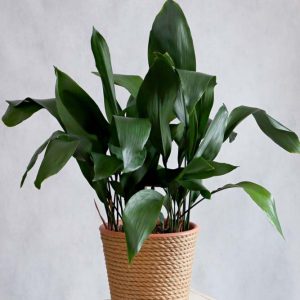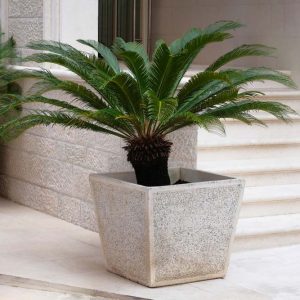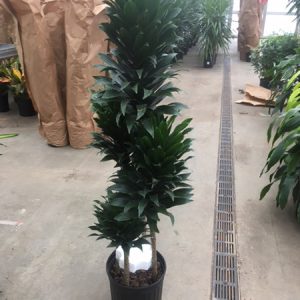Description
Scilla – Squill – Bluebell –
There are 90 bulbous perennials in the Hyacinthaceae family, in this genus. They are found naturally occurring in subalpine meadows, rocky slopes, woodlands, and sea shores in Europe, Africa, and Asia. They are grown for their terminal racemes or corymbs of small usually blue but also pink, purple, or white, bell shaped to flat, or star shaped, flowers borne in spring, but some are autumn flowering. Most have semi erect, strap shaped, sometimes channeled, basal leaves. Naturalize under trees and shrubs or in grass.
Plant bulbs 3-4″ deep in autumn. In moderately fertile, humus rich, well drained soil, in full sun or light shade.
Prone to viruses.
S. siberica – Siberian Squill – Spring Squill – Wood Squill – This bulbous perennial from Ukraine, Russia, Republic of Georgia, Azerbaijan, and Northern Iran grows 4-8″ tall and 2″ wide. It produces 2-4 semi erect, broadly linear, basal leaves, 4-6″ long, with the flowers and die downs after flowering. From early to mid spring it bears loose racemes of up to 4 or 5 nodding, bowl shaped, rich blue flowers, ½” across. Stems gradually elongate to 6″. Tolerates light foot traffic. Does not do well where winters are mild.
Zones 5-8





